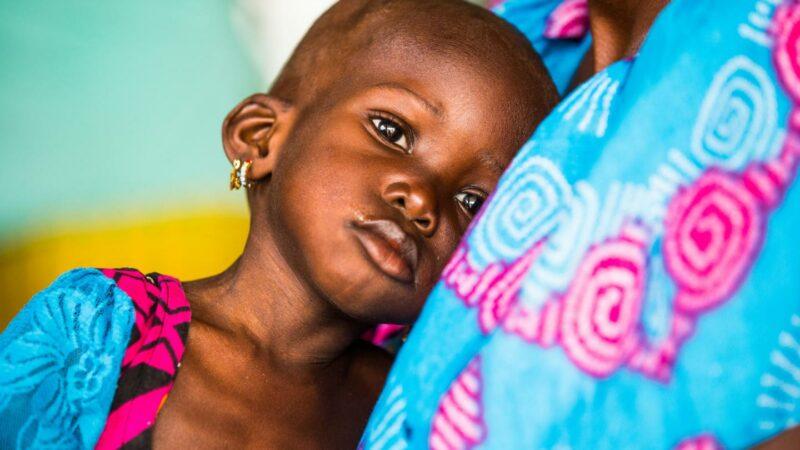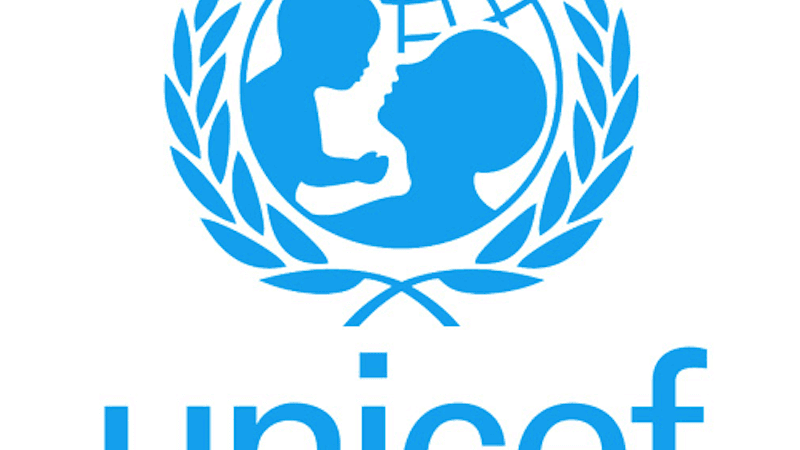Segun Awofadeji in Bauchi
Civil Society Scaling-Up Nutrition in Nigeria (CS-SUNN) has lamented that despite all the achievements recorded in the fight against malnutrition, it has remained a concern to public health and threat to child survival, growth, and development in the country and Bauchi State.
CS-SUNN, which expressed worry over the development, is a non-governmental, non-profit making alliance, made up of organisations with a shared vision to transform Nigeria into a country where every citizen has food and is nutrition secured.
CS-SUNN stated that according to NNHS (2018) and NDHS (2018), the Bauchi State stunting rate is 46 per cent, wasting is 9.5 per cent while underweight is 28.2 per cent and overweight is 0.5 per cent leading to the CS-SUNN inauguration in Bauchi in 2018.
Secretary of CS-SUNN in Bauchi state, Mrs Dabis Mwaike, yesterday reflected on the partnership with international partners, the State Committee for Food and Nutrition, CS-SUNN members participated in the development of the Bauchi State Policy on Food and Nutrition, Multi-sectoral plan of action for nutrition, among other policies and documents.
She added that through advocacy efforts a nutrition budget line has been created, community mobilisation and engagements in achieving nutrition goals done, support of religious/traditional leaders in creating awareness for uptake of nutrition services also achieved while a strong collaboration with SCFN and State Primary Healthcare Development Agency was improved.
With support of partners and donors, CS-SUNN has been implementing both nutrition specific and sensitive interventions.
She stressed that community structures (Mama2Mama, CHIPS) are effective in reaching communities with key nutrition messages and mobilising communities for the uptake of nutrition services but they need motivation.
On Food Bank Concept, she said it has impacted positively as a measure to combating menace of malnutrition in the community of intervention evidence by recovery documented on the nutrition tracker.
“The use of volunteers to drive the initiative, inclusive and go-coverage stressing that there is a need for more time as well as more CBVs to help reduce turn-around time for facility based and follow-up and alignment to the visits,” she said.
According to her, holistic approach involves adopting a comprehensive approach that addresses multiple needs of vulnerable populations, including education, healthcare, nutrition, and livelihoods, leads to more sustainable and impactful outcomes.
Also, partnerships and enhanced collaboration with government agencies, NGOs, private sector actors, and community-based organisations allows for leveraging of resources, expertise, and networks to maximise impact and reach.
On monitoring and evaluation, she said there is regular monitoring, evaluation, and learning processes, which enable project stakeholders to assess progress, identify gaps and challenges, and make informed decisions for program improvement and sustainability.
“Different capacity building training such IPC-MIYCN, on the job coaching and mentoring during supportive supervision enhances the ability of frontline health workers to deliver optimal services as well as the willingness of the community leadership to own the process and project when involved in the activity implementation,” the group added.
Listing the challenges, she said they include inadequate funding despite having lots of initiatives and innovations.
“No funds, lack of scalability of interventions, lack of RUTF in the state and make referral complication, tracking and facility revisit of identified SAM and MAM, and shortage of human resources in some facilities.
Also, inadequate follow- up and monitoring by the LGA WASH departments/ units due to irregular and inadequate financial supports from the LGA authorities and states, inadequate understanding at all levels of the importance of sanitation and hygiene to public health, economy, and protection of the environment.”
“Resource constraints, limited funding and resources hinder the implementation and sustainability of projects, especially when trying to reach large numbers of beneficiaries over an extended period.”





